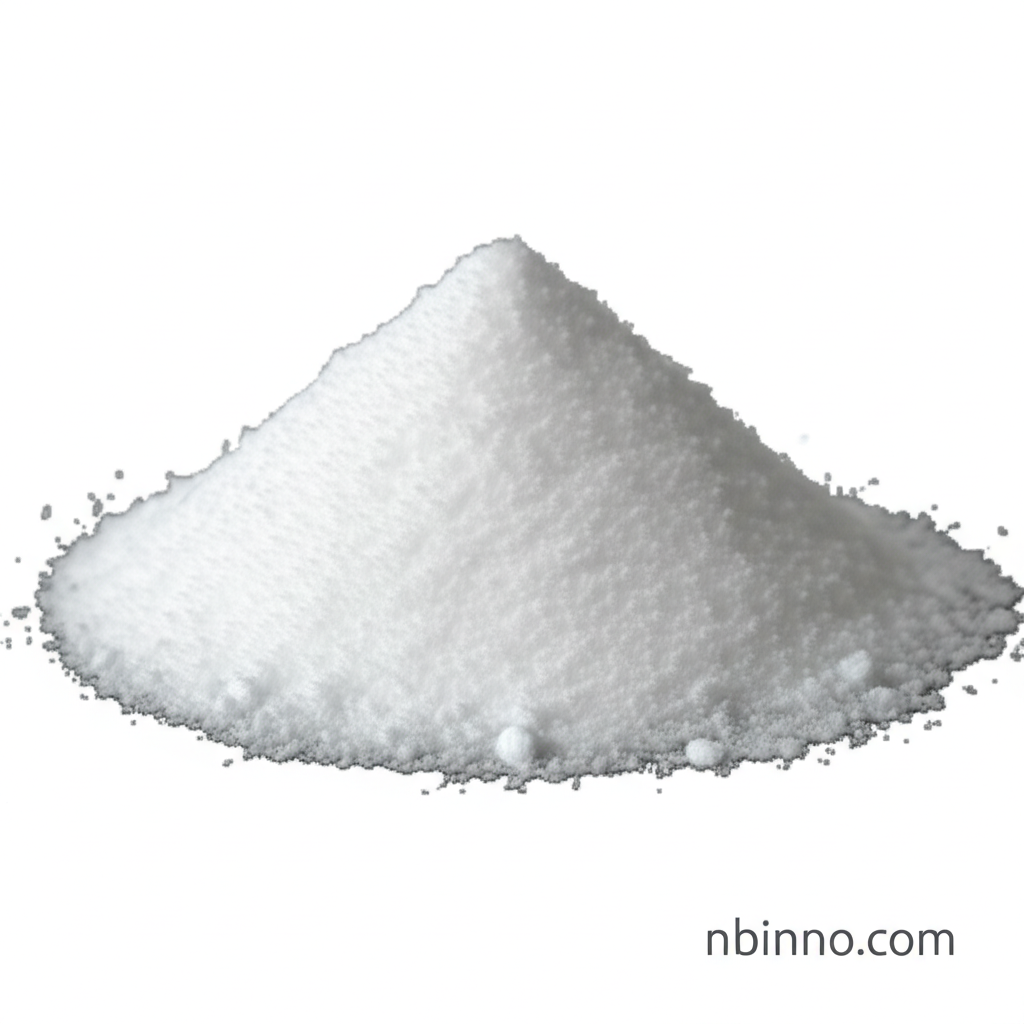2,3-Dichloro-4-nitroaniline: Synthesis, Applications, and Significance in Chemical Intermediates
A key organic compound with diverse potential in chemical synthesis and industry.
Get a Quote & SampleProduct Core Value

2,3-Dichloro-4-nitroaniline
An essential chemical intermediate, 2,3-Dichloro-4-nitroaniline (CAS 69951-03-7) is valued for its molecular structure, which serves as a versatile building block in various synthetic pathways. Its importance as a precursor in the development of pharmaceuticals and agrochemicals underscores its role in advancing chemical research and product development.
- Explore the detailed 2,3-dichloro-4-nitroaniline synthesis methods used to ensure high purity and yield for critical research applications.
- Discover the broad range of 2,3-dichloro-4-nitroaniline applications, from pharmaceutical development to agrochemical innovation.
- Understand its significance as a chemical intermediate for pharmaceuticals, enabling the creation of complex therapeutic molecules.
- Learn about the specific organic synthesis precursors derived from this compound, vital for advanced material science.
Advantages It Brings
Versatile Chemical Intermediate
Serving as a fundamental building block, this compound facilitates complex organic synthesis, crucial for creating novel compounds with specific functionalities.
Application Versatility
Its utility spans across pharmaceutical development and agrochemical research, demonstrating its adaptability as a key component in multiple industrial sectors.
Purity and Yield Optimization
Advanced synthesis processes ensure high purity and yield, making it a reliable choice for demanding research and production needs in the field of chemical intermediates.
Key Applications
Pharmaceutical Synthesis
As a vital chemical intermediate for pharmaceuticals, it plays a role in the synthesis of active pharmaceutical ingredients (APIs), contributing to the advancement of new medicines.
Agrochemical Development
Its structure makes it a valuable component in the development of agrochemicals, potentially leading to more effective pesticides and herbicides.
Dye and Pigment Formulation
The unique molecular characteristics suggest potential uses in the creation of specialized dyes and pigments, adding color and function to various materials.
Organic Synthesis Research
Researchers utilize this compound as an organic synthesis precursor, exploring its reactivity and potential for creating novel complex molecules.
